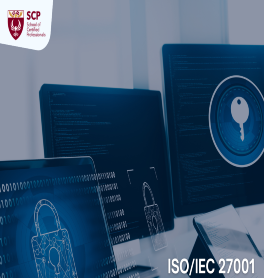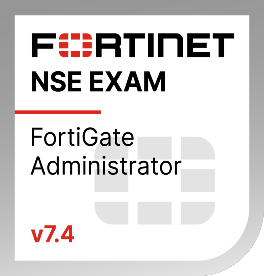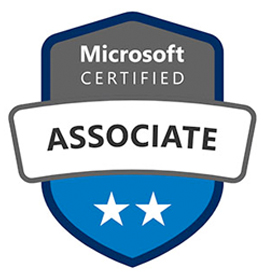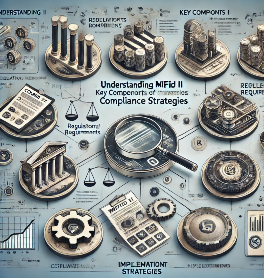The digitalization we see today was just a dream couple of decades ago. Today’s digital era has totally changed the way we see the world. From globalization to easy access to the internet, we have seen immense technological advancements in a short time frame. The Information Technology (IT) sector is growing unprecedently. This growth is just a beginning, and with every passing year, we will become more and more digitalized. Although our lives have greatly been improved with technology, it has also bought new and hidden security challenges.
In this data-driven era, where data holds immense importance to businesses, its security is also a big challenge. You must have heard the words like data breach, hacked, cyber-attack, and similar others. All these are the terms presenting side-effects of the world’s digitalization. Cloud computing, artificial intelligence, Internet of Things (IoT), and similar others have bought a revolution in the world, but also have let attackers use them for penetrating into networks, servers, computers, and other data-sensitive localities. Cyber-attacks have become a nightmare for businesses, forcing them to implement sophisticated security measures known as cybersecurity. In this course, we are going to study in-depth about cybersecurity, its elements, and all the basic details that justify its global importance.
Course Features
- Lectures 50
- Quizzes 1
- Duration Lifetime access
- Skill level All levels
- Language English
- Students 125
- Certificate Yes
- Assessments Self
-
Module 1
Introduction
-
Module 2
Fundamental Elements of Cybersecurity
- Fundamental Elements of Cybersecurity
- Network Security
- Network Security Challenges
- Network Security Methods
- Information Security
- Information Security Challenges
- Information Security Methods
- Application Security
- Application Security Challenges
- Application Security Methods
- Operational Security
- Operational Security Challenges
- Operational Security Methods
- Disaster Recovery Plan
- Steps for Disaster Recovery Plan
- End Users Education
- End Users Risks
- End Users Education Methods
-
Module 3
Introduction to Cyber Threats
-
Module 4
Security Risk Analysis and Management
- Security Risk Analysis and Management
- Best Approaches for Cyber Defense
- Use Firewall
- Risk Analysis and Management
- Form a Hierarchical Cybersecurity Policy
- Data Backups
- Cryptograph
- Multi-Factor Authentication
- Password Encryption
- Privileged Users Monitoring
- Third-Party Security Monitoring
- Employee Education
-
Module 5
Cybersecurity Laws
-
Module 6
Conclusion
-
Exam






